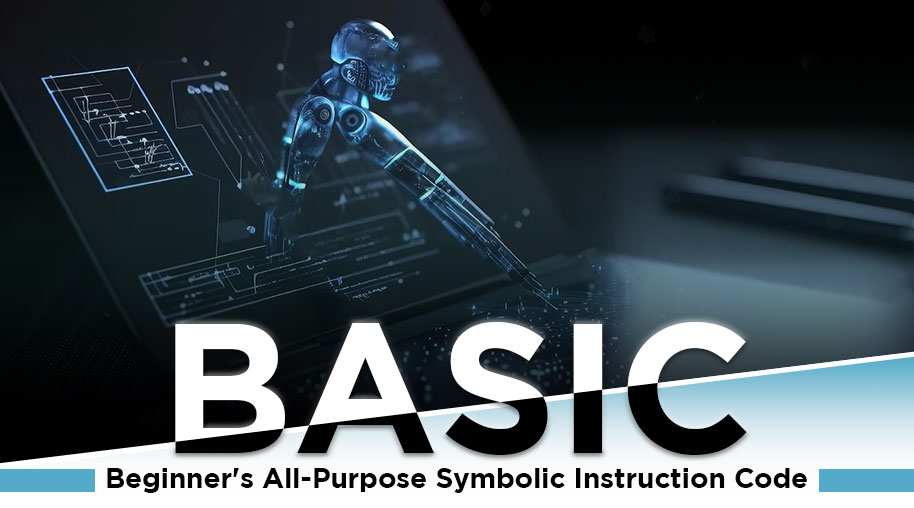BASIC: Beginner's All-Purpose Symbolic Instruction Code
by Sayani
0 1446
Kurtz created the first BASIC language in 1964 as an interactive mainframe timesharing language to make computers accessible to students across disciplines. In those days, regular people would have had difficulty getting started with computers since they required specialized software.

With the advent of BASIC, individuals began creating specialized software on their personal computers for use in commerce, industry, and other fields.
Where Does BASIC Come From?
John Kemeny and Thomas Kurtz created the programming language BASIC (Beginner's All-Purpose Symbolic Instruction Code) in the 1960s. The first version of BASIC was launched in 1964 to be utilized on the Dartmouth College mainframes, where both Kemeny and Kurtz taught at the time.
It became widely adopted and was implemented on several computer architectures, from mainframes to personal computers. It was also employed in the classroom because it was simple to pick up and use.
Visual Basic
Microsoft introduced Visual Basic (VB) in 1991. It was like QuickBasic but with support for many more languages. These languages' object-oriented features, such as "With" and "For Each", were included in them, along with features unique to that language, such as block-structured control statements, parameterized subroutines, and optional static typing.
The Dim keyword for declarations and "Gosub"/Return instructions remained backwards-compatible, as were the optional line numbers that may be used to locate errors.
Syntax of BASIC
BASIC, which stands for "Beginner's All-purpose Symbolic Instruction Code", is an easy programming language. In 1964, John Kemeny and Thomas Kurtz created it to help students who were not majoring in computer science learn how to code. The following are some of the most fundamental BASIC syntax guidelines:
- Each statement has to be on its line and either a new line or the character ":" at the end of the line is required.
- Uppercase letters are the standard case for coding commands and naming variables.
- The apostrophe (') at the beginning of a line indicates a comment on a programme.
- A computer variable is a storage area in memory with a specific name. Variables in BASIC are often represented by either a single letter or a letter followed by a numeric value.
- Constant numbers may be expressed as a string of digits with or without a decimal place. String constants are sequences of characters denoted by double quotation marks.
- The arithmetic operations +, -, *, and / are employed.
- Functions are specialized, prewritten programmes that carry out a variety of roles. The parameters of a process in BASIC are often enclosed in brackets after the function's declaration.
- The execution of a programme is managed using control structures like IF-THEN statements and loops.
Analyzers and Translators
A compiler is a unique software that translates programmes written in high-level languages into machine code. The method in which code is executed is where compilers and interpreters diverge.
In contrast to interpreters, which do not generate executable files but execute the code as it is read, compilers create executable files that may be performed independently. Code written in an interpreter-based language may be completed instantly.

Share:








Comments
Waiting for your comments